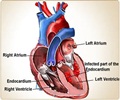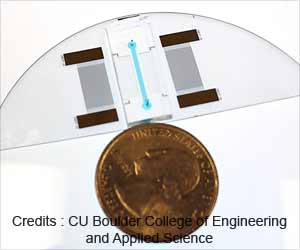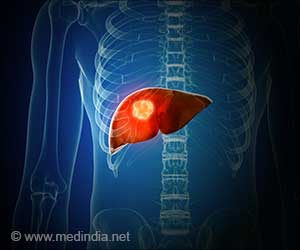Committee of the European Association and American Society for Echocardiography has recommended image acquirement by means of three-dimensional echocardiography (3DE).
Committee of the European Association for Echocardiography and the American Society of Echocardiography has for the first time jointly recommended image acquirement by means of three-dimensional echocardiography (3DE). 'The EAE/ASE Recommendations for Image Acquisition and Display Using Three-Dimensional Echocardiography', are available in the January 2012 issue of the
Journal of the American Society of Echocardiography (
JASE), published by Elsevier.
The recommendations are a practical guide on how to acquire, analyze, and display the various cardiac structures using 3DE, and discuss the advantages and limitations of this technique. The document also describes current and potential clinical applications of 3DE and its specific strengths and weaknesses in each scenario. The same issue of
JASE includes articles that explore novel applications of 3DE and illustrate the clinical relevance of this technique. These studies include, 'Geometric Assessment of Regional Left Ventricular Remodeling by 3D Echocardiographic Shape Analysis Correlates with Left Ventricular Function', by Ivan S. Salgo et al., 'Three dimensional echocardiography in paravalvular aortic regurgitation assessment after transcatheter aortic valve implantation', by Alexandra Goncalves et al., and 'Automated Quantification of Mitral Inflow and Aortic Outflow Stroke Volumes By 3-D Real-Time Volume Color Flow Doppler Transthoracic Echocardiography: Comparison with Pulsed Wave Doppler and Cardiac Magnetic Resonance Imaging', by Paaladinesh Thavendiranathan et al.
3D echocardiography has been of considerable interest to researchers for more than 30 years, but improvements in imaging technology have made this technique more suitable for clinical use. Editor-in-Chief Dr. Alan S. Pearlman states, "I believe that real-time volumetric imaging using 3D echocardiography now provides a practical way to measure ventricular volumes and ejection fraction without making any assumptions about chamber geometry, and suspect that one day this imaging method will surpass current 2D echo imaging, just as 25 years ago 2D imaging supplanted M-mode echocardiography."
It is increasingly clear that 3D echo provides unique views in patients with valvular and congenital heart disorders, and the clinical use of this technique is likely to grow rapidly.
Source-Eurekalert










